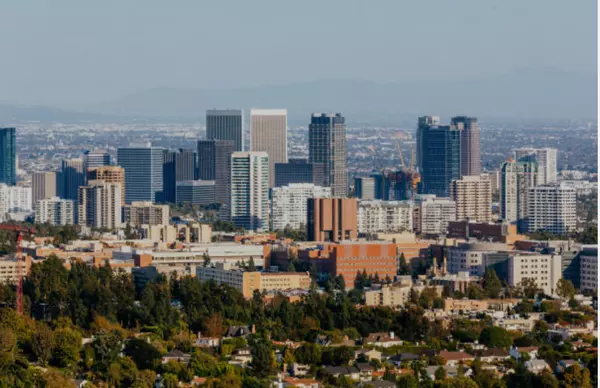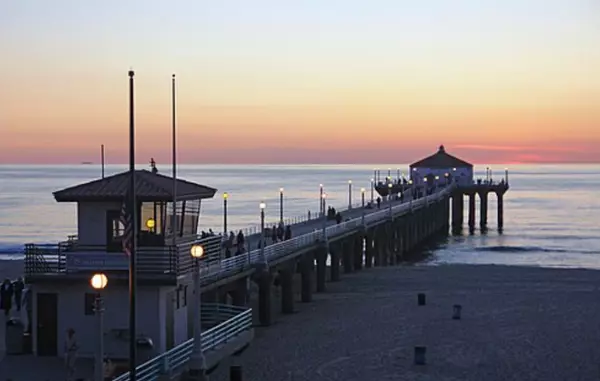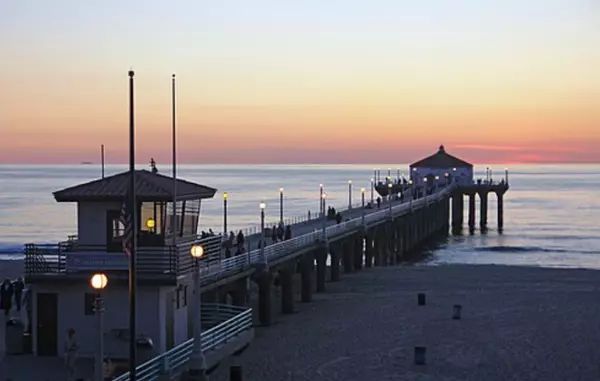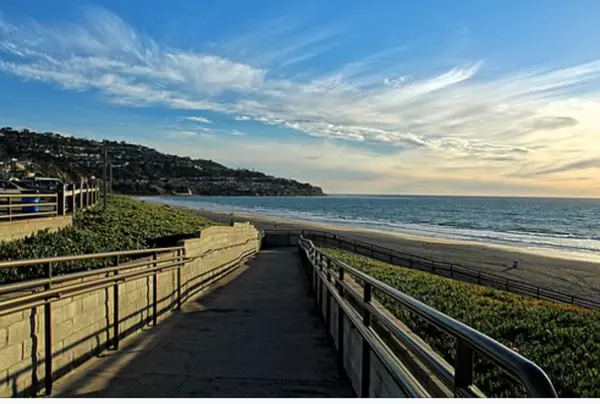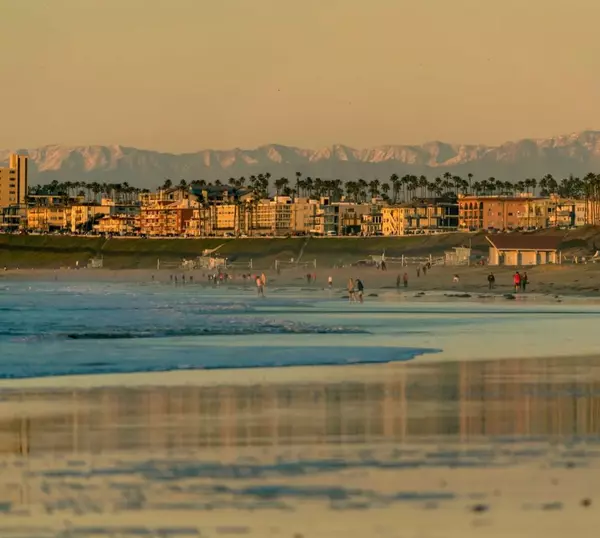What is the architecture of Los Angeles?
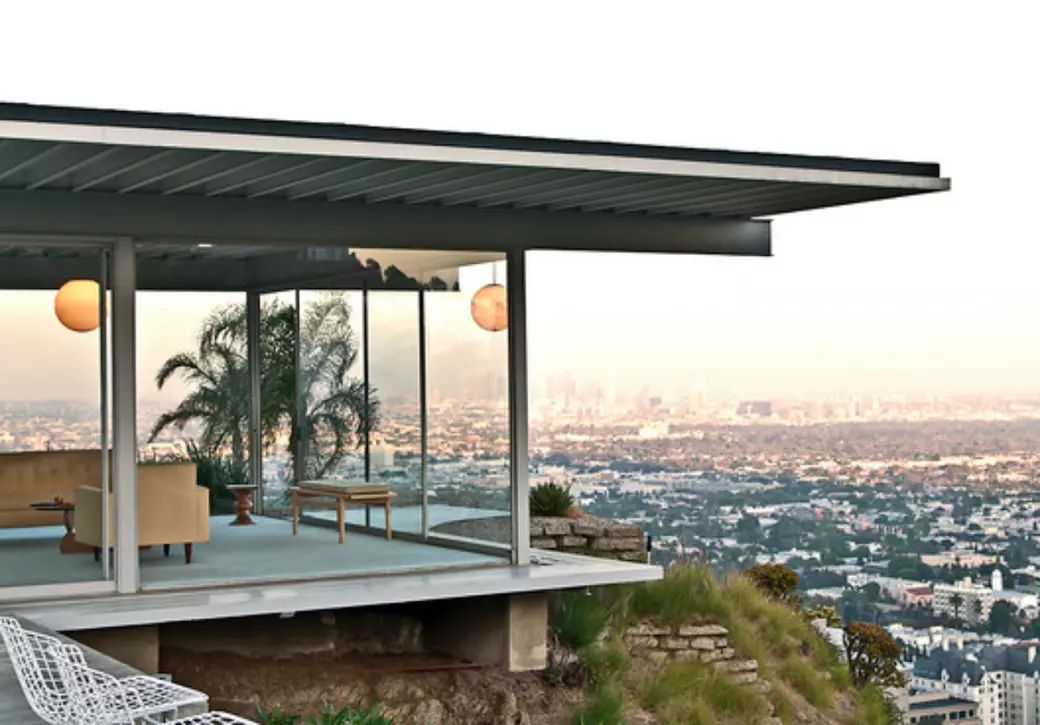
Los Angeles, a sprawling metropolis known for its vibrant culture and diverse population, boasts an architectural landscape that reflects its unique history and evolution. The city is a tapestry of styles, ranging from the opulent mansions of the Hollywood Hills to the sleek modernist homes of the mid-20th century. In exploring the architecture of Los Angeles, one uncovers not just buildings, but stories that reveal the character and aspirations of its inhabitants.
The architecture of Los Angeles is a fascinating blend of influences shaped by geography, climate, and cultural diversity. The city is characterized by a mix of Mediterranean Revival, Art Deco, Mid-Century Modern, and contemporary styles. This eclecticism can be attributed to the city's rapid growth in the 20th century, as it transformed from a small pueblo into a major urban center. The warm climate encourages outdoor living spaces, which is evident in many homes featuring expansive patios, gardens, and pools.
Historically, Los Angeles residential architecture began to take shape in the late 19th century. The arrival of the railroad in 1876 spurred development and attracted settlers seeking opportunities in agriculture and entertainment. Early homes were often designed in Victorian styles but quickly adapted to reflect local conditions. As the city entered the 20th century, architects began to experiment with new forms that embraced California's unique lifestyle.
The Mediterranean Revival style became particularly popular during this time. Inspired by Spanish colonial architecture, these homes featured stucco exteriors, red-tiled roofs, arched doorways, and wrought iron details. Notable examples include the iconic "Casa Blanca" in Hollywood Hills and many residences in neighborhoods like Hancock Park and West Adams.
As Los Angeles continued to grow through the mid-20th century, so did its architectural experimentation. The Mid-Century Modern movement emerged as a response to post-war optimism and technological advancements. Architects like Richard Neutra and Pierre Koenig designed homes that emphasized open floor plans, large glass windows for natural light, and integration with nature. One of the most famous examples is the Stahl House (Case Study House #22), which epitomizes this style with its breathtaking views of the city.
In addition to these historical styles, contemporary architecture has made significant strides in Los Angeles over recent decades. Today’s architects are pushing boundaries with innovative designs that prioritize sustainability and functionality while still honoring traditional aesthetics. Homes like those designed by Frank Gehry or Zaha Hadid showcase bold forms and experimental materials that challenge conventional notions of residential design.
Among the most popular architectural homes in Los Angeles are those that have become cultural icons due to their unique designs or celebrity associations. The Eames House in Pacific Palisades stands as a testament to Mid-Century Modern ideals; designed by Charles and Ray Eames as both their home and studio, it features a striking juxtaposition of industrial materials against lush greenery.
Another notable residence is the Lovell Health House designed by Richard Neutra—a pioneer of modernist architecture—whose innovative use of space and light continues to inspire contemporary architects today. Additionally, Frank Lloyd Wright’s Hollyhock House represents an early example of organic architecture that harmonizes with its surroundings.
Los Angeles also embraces more whimsical designs; take for instance The Chemosphere—a futuristic home perched on a hillside—designed by John Lautner in 1960. Its unique octagonal shape and stunning views make it one of LA's most photographed residences.
The diversity of architectural styles in Los Angeles not only reflects its rich history but also showcases its adaptability to changing tastes and lifestyles over time. Each neighborhood tells a different story through its buildings—from historic bungalows in Silver Lake to sleek modern mansions in Bel Air—offering residents an array of choices that cater to their individual preferences.
In conclusion, exploring the architecture of Los Angeles reveals much more than just structures; it unveils narratives about community identity, cultural influences, and innovation throughout history. Whether you're strolling through historic districts or marveling at contemporary masterpieces atop scenic hillsides, each home contributes to the vibrant mosaic that defines this dynamic city. For those considering making LA their home—or simply wishing to appreciate its beauty—the architectural landscape offers endless inspiration intertwined with fun stories waiting to be discovered!
Categories
- All Blogs 50
- Architecture and Style 2
- Los Angeles Fires - Resource Center 1
- Things to consider when Buying or Selling 4
- Thinking of moving to Beverly Hills - Everything you Should Know 4
- Thinking of moving to Brentwood - Everything you Should Know 3
- Thinking of moving to Culver City - Everything you Should Know 6
- Thinking of moving to Los Angeles - Everything you Should Know 2
- Thinking of moving to Manhattan Beach - Everything you Should Know 2
- Thinking of moving to Mar Vista - Everything you Should Know 2
- Thinking of moving to Santa Monica - Everything you Should Know 5
- Thinking of moving to Torrance - Everything you Should Know 4
- Thinking of moving to Venice - Everything you Should Know 4
- Thinking of moving to West Los Angeles Sawtelle - Everything you Should Know 4
- Thinking of moving to Westwood - Everything you Should Know 1
- Trusts and Probate 3
Recent Posts



